Gone are the days where one walked into the nearest bank branch to open an account, seek credit or deposit cash. Today is the era of digital banking and most banks have gone digital. Many banking transactions such as bill payments, online shopping, transferring money, etc. are all possible on the go, with one’s computer and even mobile phone. Internet banking paved the way for consumers to move to a faster, secure and convenient way to access their accounts and transact from anywhere in the world.
Mobile banking has gone one step further. With the proliferation of smartphones, it has become much quicker, more secure and highly convenient for a customer to transact using mobile banking applications. With the advent of third party mobile money wallets, the popularity and acceptance of digital payment platforms has grown even further. With an increase in acceptance of mobile banking technology, fewer people are visiting physical bank branches.
Some of the advantages of digital banking over physical bank branches are: (Infographic)
- There are no physical overheads for maintaining a branch network. Hence, there is a considerable reduction in the cost of offering services.
- Applications such as those offering international remittance, have a niche focus and do not provide other investment services like banks do and hence provide a more favourable exchange rate as well as lower transfer fee.
- Digital banking can reach a wider prospect base at a lesser cost, thus boosting the prospects of financial inclusion.
A majority of essential banking transactions, such as balance inquiries, bill payments, money transfers are almost 100 percent digital. The more personalised transactions, that are consultative in nature such as investment management, wealth and estate planning, portfolio management, selecting the appropriate insurance plan, etc. are also slowly going digital, thanks to advances in AI and machine learning.
Having said that however, a significant portion of people still prefer human interaction for decisions that involve thought and deliberation. This is where relationship advisors and wealth managers come in. Their experience and expertise along with the ability to provide tailor made solutions to customers are part of an evolving role of physical bank branches. Besides this, there are still many who need to visit bank branches – new immigrants without prior credit history, technologically illiterate and those who prefer human interaction. All of them are still in favour of traditional brick and mortar branches and a world without such branches would deprive them of access to much needed banking services.
The number of physical bank branches may be on the decline; however, the significance of the physical branches will continue to exist, with a combination of both online banking and physical branches being the best approach for banks in the near future.
OBOPAY ensures that your digital platform is tailored for individual requirements, through dedicated and advanced configuration management and the company’s decade long experience in leading mobile money markets across the globe. With the best cost to service ratios in the industry, OBOPAY’s versatile connector framework enables rapid deployment at reduced costs. At present the platform processes 11% of global mobile money transactions every day.

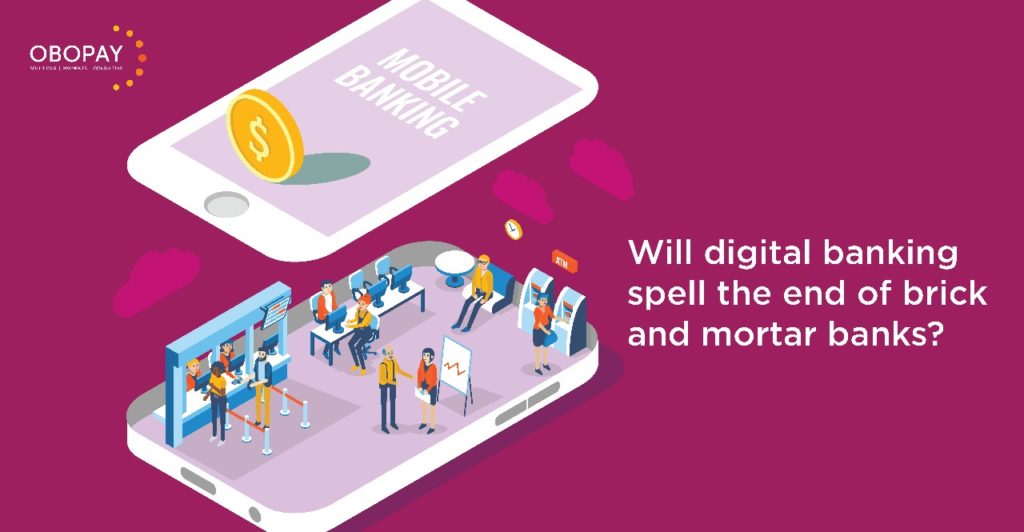




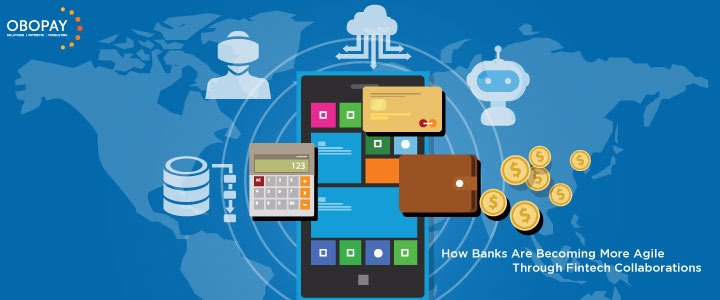
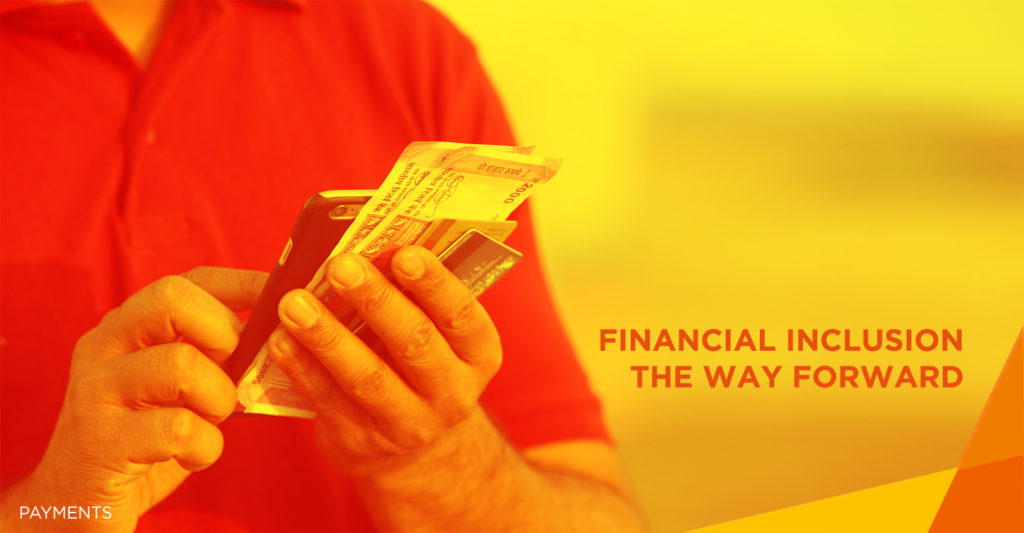
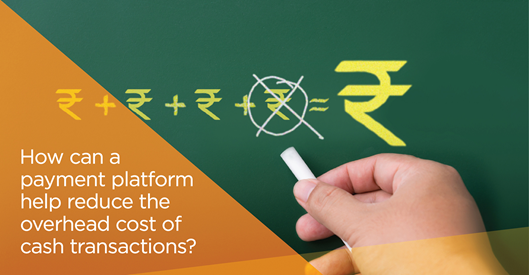
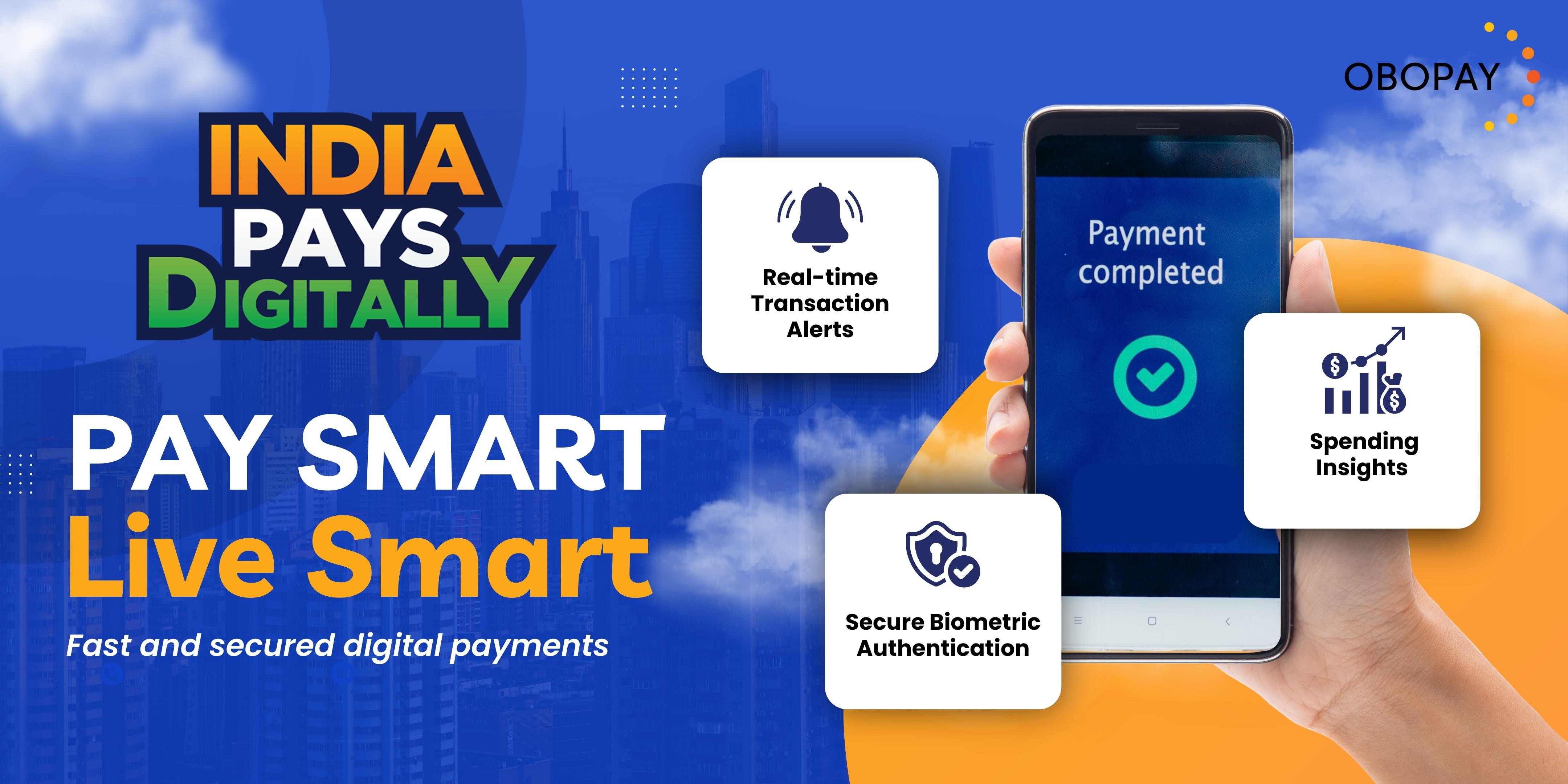
About The Author: Obopay
More posts by Obopay